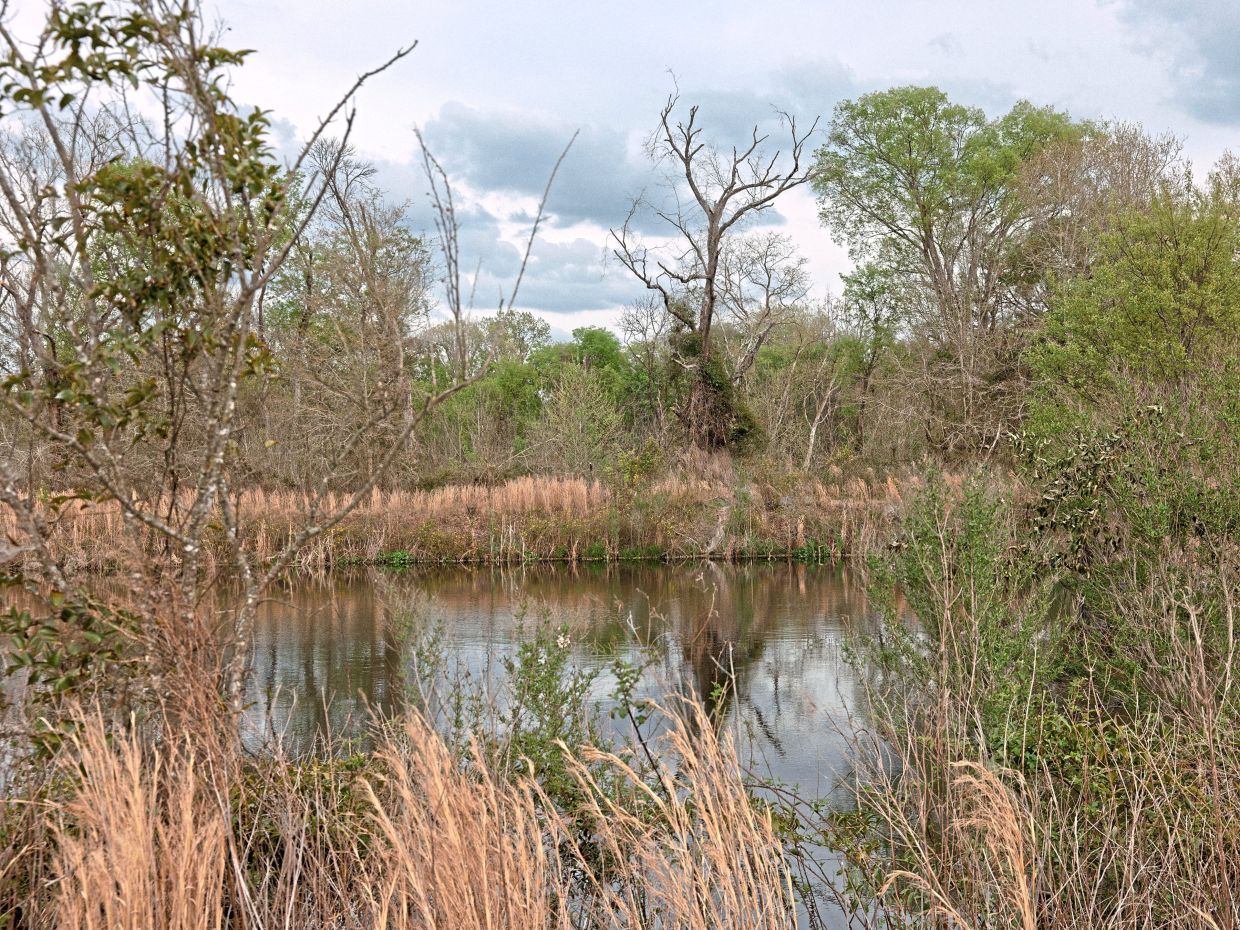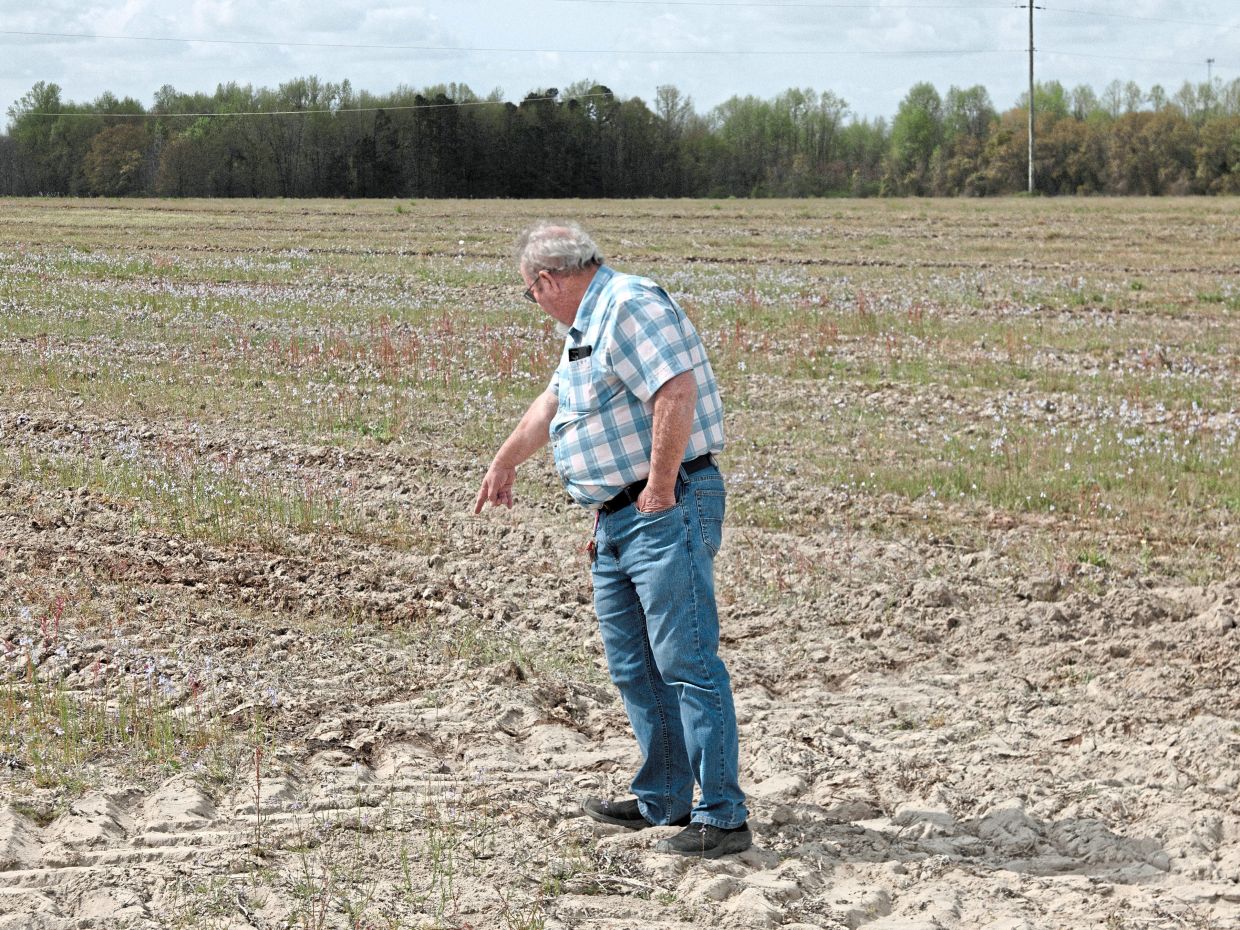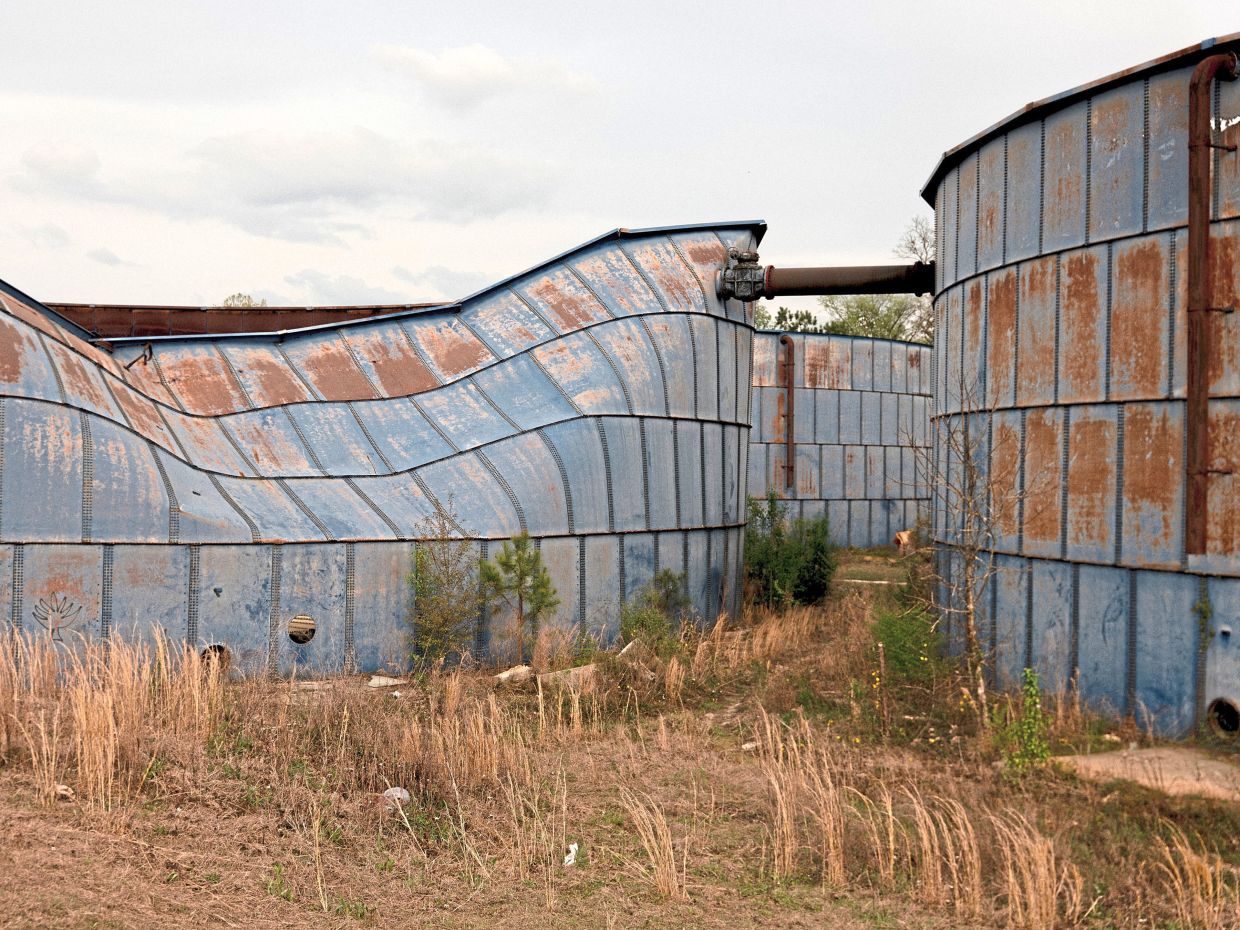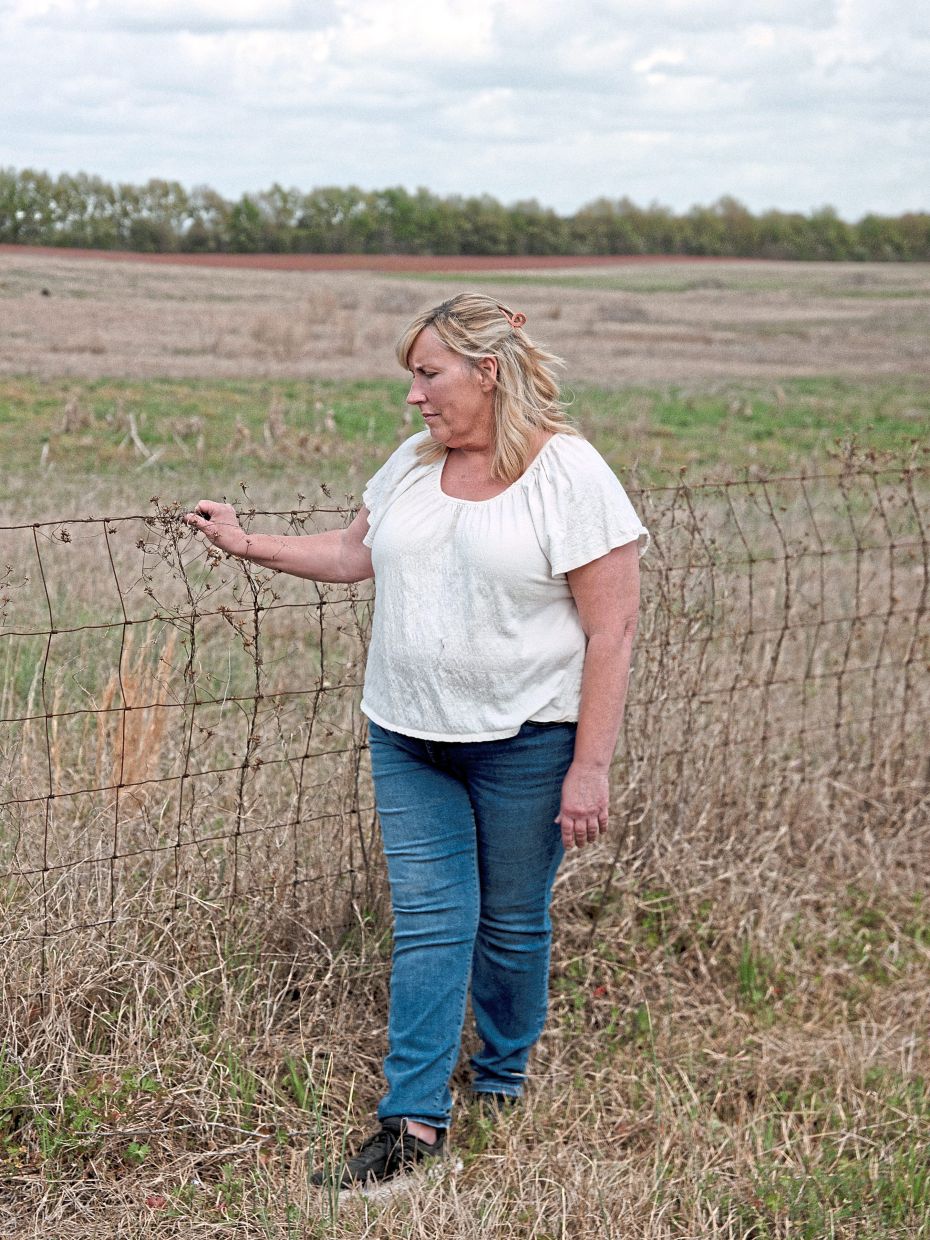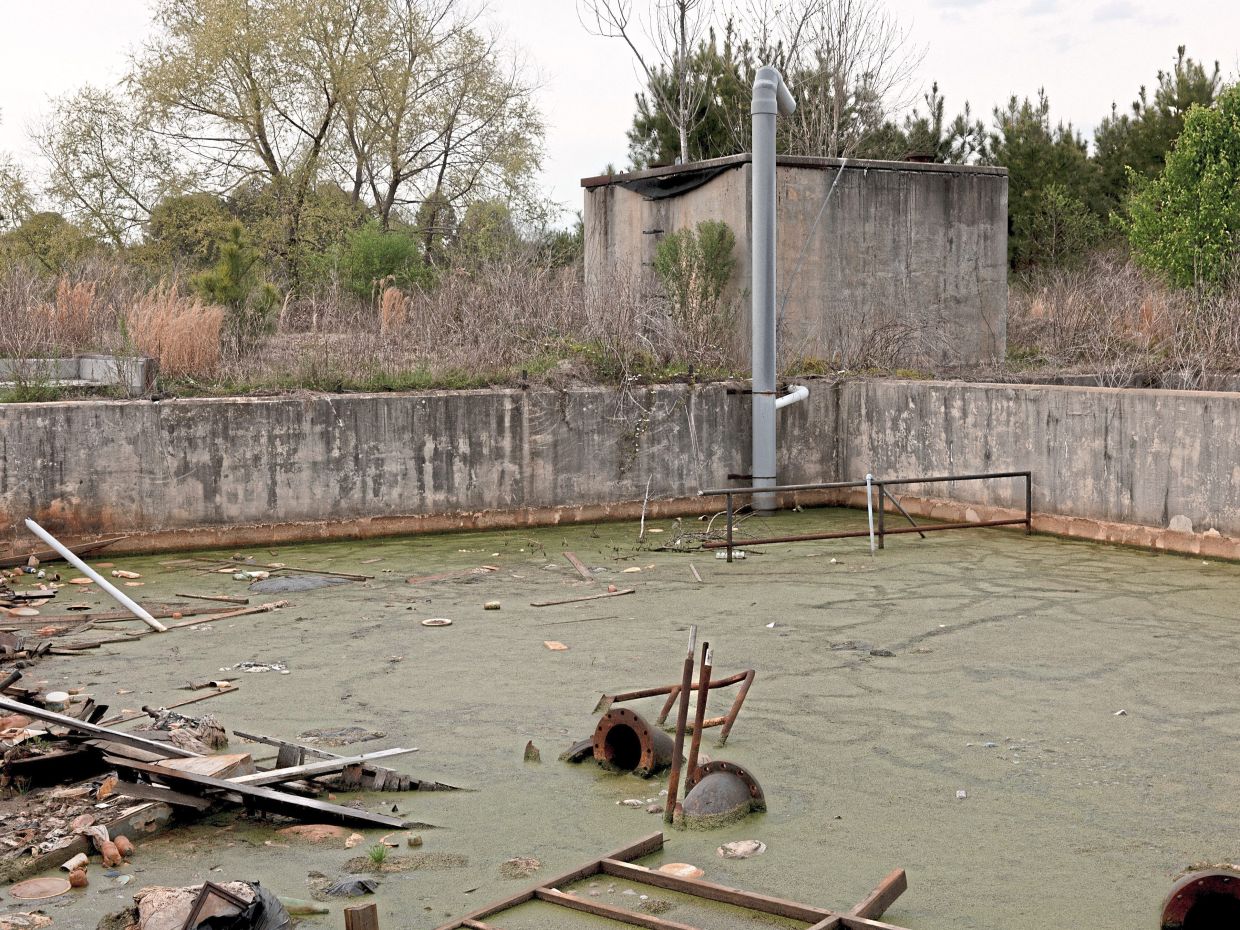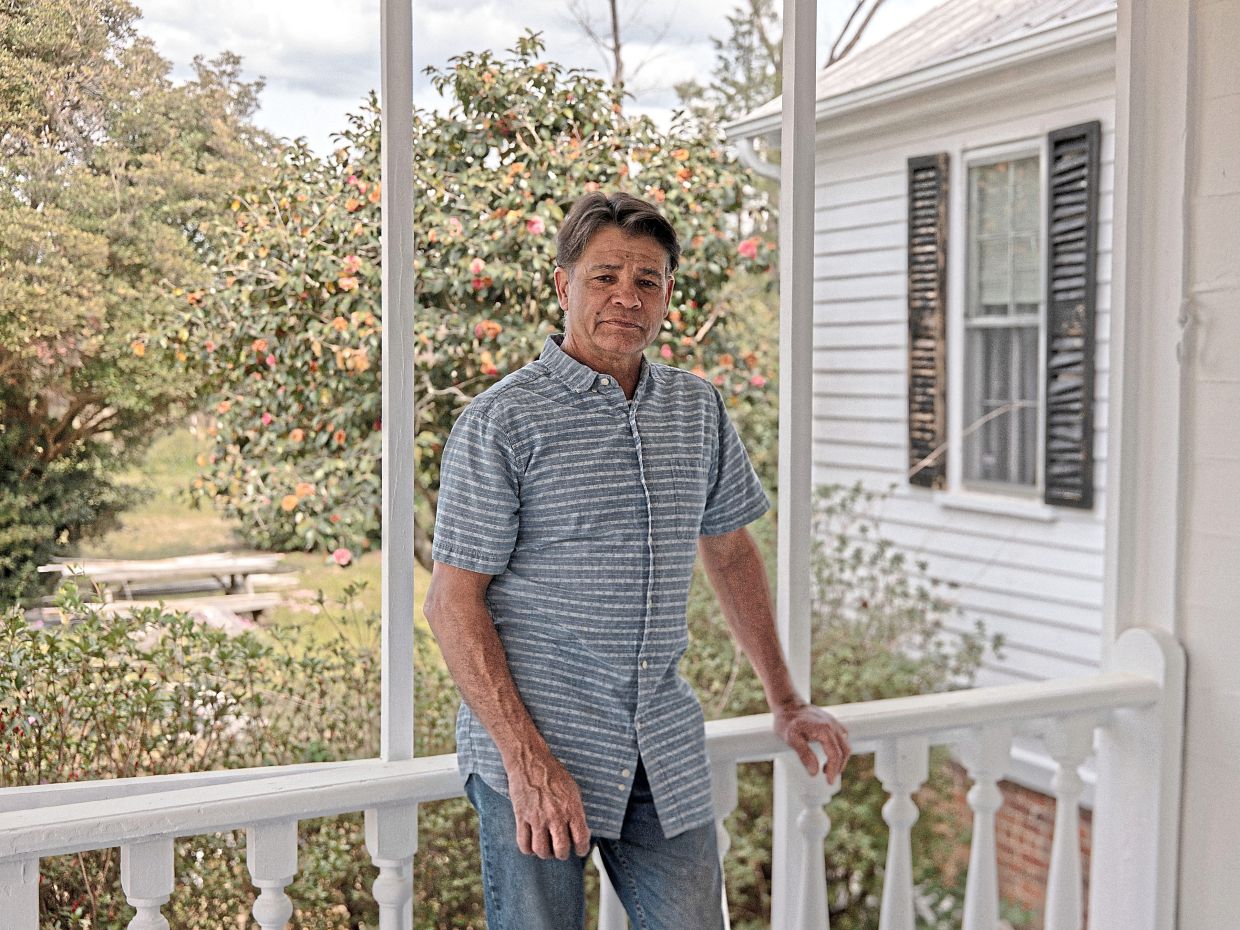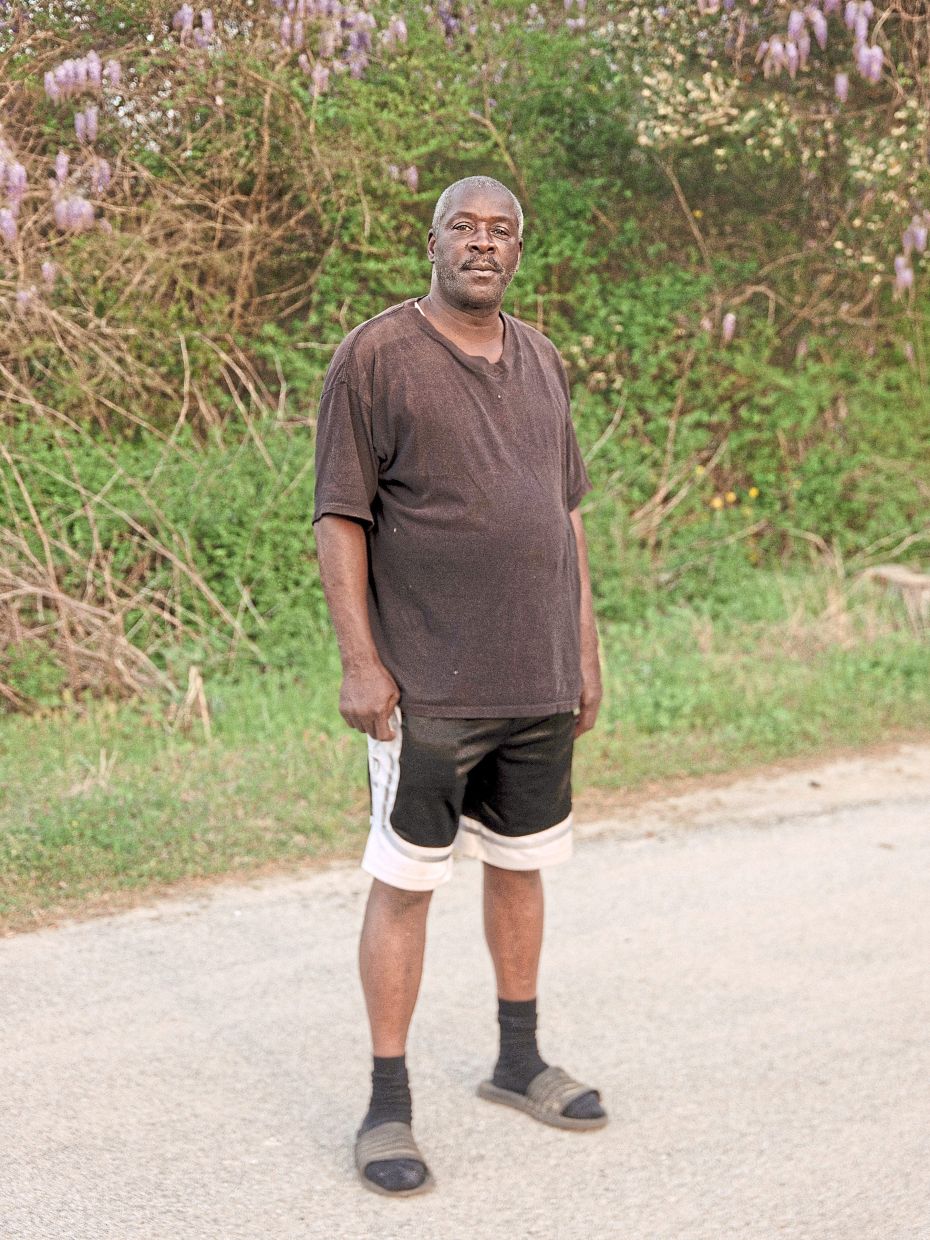The formerly active Galey & Lord textile plant in Society Hill, South Carolina. — Photos: Caroline Gutman/The New York Times
THE abandoned Galey & Lord textile mill in Society Hill, South Carolina, looms like a relic of industrial decay.
Steel gates stripped by looters, rusted tanks submerged in murky water and alligators patrolling wastewater ponds paint a dystopian scene.
But the true threat, environmental officials warn, lies beyond the mill’s crumbling walls: up to 4,000ha of contaminated farmland, some still producing food, now at the heart of a battle to become part of a federal Superfund cleanup.
A Superfund site is an area designated by the US Environmental Protection Agency (EPA) as contaminated by hazardous substances, requiring long-term cleanup. Funded by taxpayer money and fines from polluters, these sites prioritise human and environmental health.
Galey & Lord, once hailed as the ‘King of Khaki’ for revolutionising casual wear, now stands accused of poisoning the land.
For decades, the mill treated wastewater from fabric production in lagoons, then distributed the sludge to farmers as free fertiliser.
Unknown to them, it contained dangerous levels of PFAS (per- and polyfluoroalkyl substances) – toxic chemicals linked to cancer and chronic illnesses.
“They said it was good for crops. They called it a gift,” said Robert O’Neal, a soy and corn farmer whose fields were dosed with sludge in the 1990s. “Turns out, they dumped their problems on us.”
The case marks the first potential Superfund designation of farmland contaminated by industrial sludge fertiliser.
While sewage sludge has long been promoted as eco-friendly fertiliser, a 2023 New York Times investigation exposed its PFAS risks.
Earlier this year, the EPA formally warned of health dangers tied to sludge-derived fertilisers.
Galey & Lord’s mill closed in 2016. Declared a Superfund site in 2022, its cleanup – targeting arsenic, mercury, and PFAS – has so far removed 378,500l of flammable waste.
But South Carolina now argues that 4,000ha of surrounding farmland, tainted by decades of sludge use, should join the designation.
State tests reveal PFAS levels in soil up to 20 times above EPA cancer-risk thresholds. Groundwater samples show PFOS and PFOA (common PFAS variants) at 850-1,500 times safe drinking limits.
Nearly 50 private wells are contaminated, prompting the EPA to install filters and reroute county water to affected homes.
“This isn’t just a mill problem – it’s a community catastrophe,” said Laura Renwick of South Carolina’s Department of Environmental Services.
For residents like Kim Weatherford, the damage is deeply personal.
In 2021, officials warned her family to stop using well water after PFAS levels hit 30 times the safety limit.
Her 25-year-old son, once a star athlete, now battles unexplained fatigue and stomach ailments.
“We drank, cooked and bathed in poison,” she said. “This fertiliser should’ve never existed.”
The sludge, rich in nutrients but laced with PFAS, was a byproduct of textile manufacturing.
Used in waterproof fabrics, PFAS seeped into wastewater, then into sludge given to 300 farms between 1993-2013.
With no EPA regulations on PFAS in fertiliser, farmers had no warning.
Founded in 1886, Galey & Lord clothed American workers and WWII pilots. Its sprawling 65,000sqm Society Hill mill employed 1,400 at its peak.
Workers like Michael Scott recall dye rooms stewing chemicals – peroxide, sulfur and PFAS – later pumped into sludge lagoons.
“Trucks would suck sludge from the lagoons and spray it on fields,” Scott said. “We thought it was harmless.”
O’Neal, among the first farmers to accept sludge in 1996, grew suspicious.
“Nothing good’s that free,” he said. He stopped in 2000 – too late. By 2021, his wells tested 550 times over PFAS limits.
South Carolina has joined cities and states suing PFAS manufacturers, including 3M and DuPont, alleging they hid chemical risks for decades.
Internal 3M documents from 2003, obtained by The Times, revealed high PFAS levels in sludge – yet distribution continued until 2013.
3M declined to comment; DuPont’s spinoff Chemours also declined.
Meanwhile, the EPA faces budget cuts. While Administrator Lee Zeldin vows to prioritise cleanups, proposed 65% EPA cuts could cripple efforts.
Society Hill Mayor Dwayne Duke voiced frustration: “They test and test, but when do we see action?”
The abandoned mill, ravaged by Hurricane Florence in 2018, remains a hazardous eyesore.
Deputy Sheriff Clifton Howle imagines revitalising the riverfront site – if cleanup ever comes.
For now, the community waits. O’Neal’s cattle graze on suspect land, his crops unsellable.
“We’re stuck,” he said. “This land’s our legacy, and it’s poisoned.” — 2025 The New York Times Company
This article originally appeared in The New York Times



